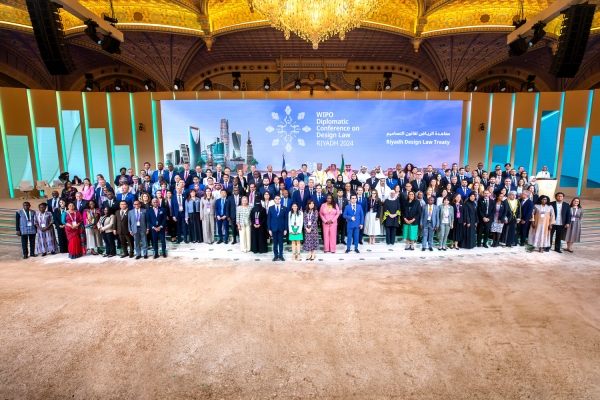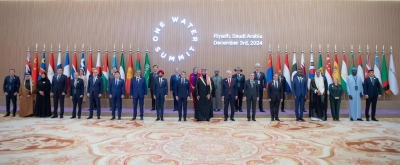

The Riyadh Design Law Treaty is a treaty that establishes a legal framework supporting designers' rights and provides facilities for protecting their creative works. It was adopted by the member states of the World Intellectual Property Organization (WIPO), which includes 193 countries, in Riyadh, the capital of the Kingdom of Saudi Arabia.
Adoption of the Riyadh Design Law Treaty
The Riyadh Design Law Treaty was adopted during the diplomatic conference on the Design Law Treaty, hosted by the Saudi Authority for Intellectual Property at the King Abdulaziz International Conference Center from November 11 to 22, 2024.
The selection of the name "Riyadh Design Law Treaty" underscores Saudi Arabia’s status as a hub for cultural exchange and a center for supporting global initiatives. It also reflects its international contributions to intellectual property and its role in fostering cooperation among member states.
History of the adoption of the Riyadh Design Law Treaty
The adoption of the Riyadh Design Law Treaty went through several historical stages, beginning with the decision to simplify design procedures in 2005. This was followed by the issuance of an information document on formalities related to design registration procedures in 2006. In 2010, discussions were held on potential areas of convergence in design law and practices. By 2011, efforts focused on drafting provisions for design law and practices. Subsequently, in 2015, the WIPO General Assembly instructed the Standing Committee to finalize the basic proposal text. In 2016, the drafting of industrial design law provisions and regulatory rule drafts was undertaken. In 2023, Saudi Arabia won the bid to host the diplomatic conference on the Design Law Treaty. Finally, in 2024, Saudi Arabia hosted and presided over the diplomatic conference, culminating in the adoption of the Design Law Treaty under the name "Riyadh Design Law Treaty."
Significance of the Riyadh Design Law Treaty
The Riyadh Design Law Treaty facilitates the registration of designers' works, particularly benefiting small designers as well as micro, small, and medium enterprises. It provides design protection procedures at a lower cost, making it easier for designers to submit applications across multiple jurisdictions. Additionally, the treaty contributes to the protection of designs, traditional knowledge, and traditional cultural expressions.
Objectives of the Riyadh Design Law Treaty
The Riyadh Design Law Treaty aims to support international cooperation in the field of creativity while reinforcing its leadership role in shaping a sustainable future for designers and innovators. It also seeks to establish a legal environment that fosters creativity and innovation across various sectors, ensures the protection of designers' rights, and promotes the growth of creative industries worldwide.
Related quizzes
Related articles

